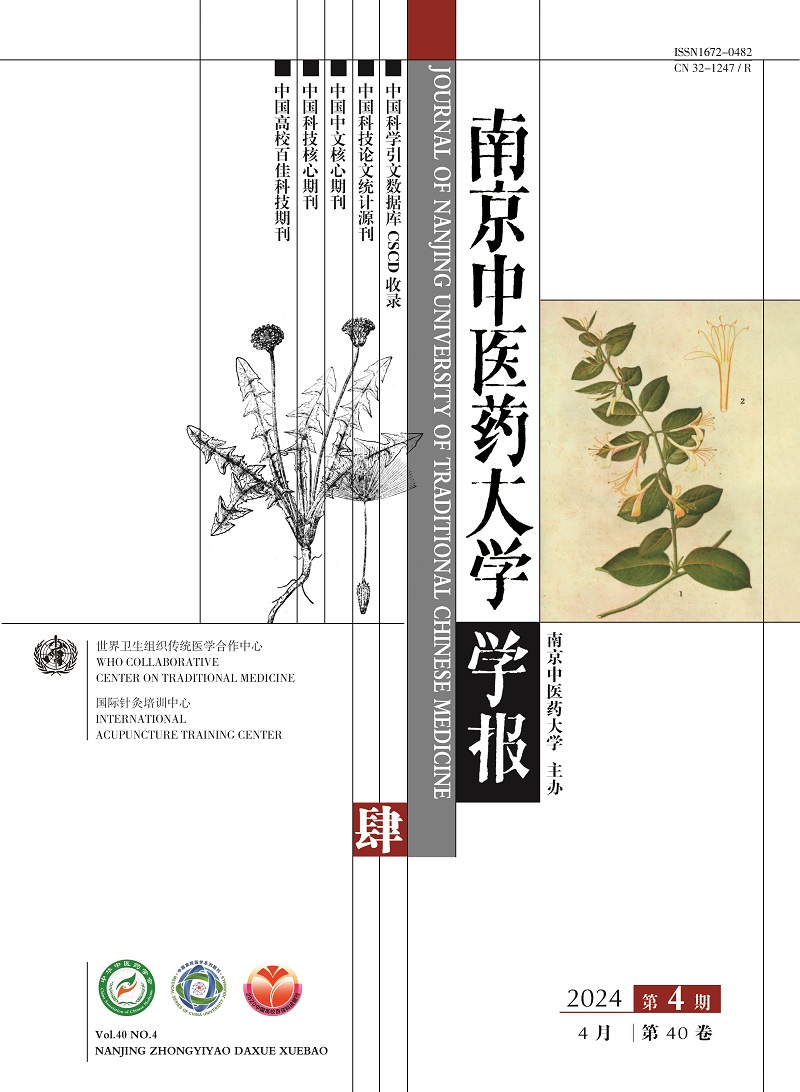2019 Vol. 35, No. 2
Display Method:
2019, 35(2): 121-123.
Abstract:
2019, 35(2): 124-126.
Abstract:
2019, 35(2): 127-129.
Abstract:
2019, 35(2): 130-134.
Abstract:
2019, 35(2): 135-138.
Abstract:
2019, 35(2): 144-147.
Abstract:
2019, 35(2): 148-151.
Abstract:
2019, 35(2): 152-155.
Abstract:
Study on Diuretic Effects and Its Mechanism of Phytolaccae Radix Before and After Vinegar Processing
2019, 35(2): 156-159.
Abstract:
2019, 35(2): 160-165.
Abstract:
2019, 35(2): 166-170.
Abstract:
2019, 35(2): 171-174.
Abstract:
2019, 35(2): 180-184.
Abstract:
2019, 35(2): 185-188.
Abstract:
2019, 35(2): 194-198.
Abstract:
2019, 35(2): 205-209.
Abstract:
2019, 35(2): 210-213.
Abstract:
2019, 35(2): 214-217.
Abstract:
2019, 35(2): 218-220.
Abstract:
2019, 35(2): 221-222.
Abstract:
2019, 35(2): 223-228.
Abstract:
2019, 35(2): 229-233.
Abstract:
2019, 35(2): 234-240.
Abstract:



